You think Ladakh is just a barren land with dry mountains? Wait before judging. The flora and fauna of Ladakh will change the way you see this place. Whether you explore it through Ladakh tour packages or on your own, you’ll discover a side full of life.
Yes, the mountains are dry, and winters are harsh, but nature here has its own smart tricks. Bright flowers like the Ladakh poppy and sea buckthorn bloom in short summers, adding colour to the rocky slopes. Wildlife is just as impressive — snow leopards, Tibetan antelopes, Himalayan marmots, and black-necked cranes all live here.
Every plant and animal here is a survival expert. Thick fur, strong roots, and clever migration patterns help them thrive where most life would struggle. Ladakh is not empty — it’s a living example of how nature can be both strong and beautiful, and seeing it on Ladakh bike trips makes it even more thrilling.
Geography and Climate of Ladakh
Ladakh, often called the Land of High Passes, sits in the northernmost part of India, tucked between the towering Himalayas and the rugged Karakoram Range. Its landscape is a dramatic mix of snow-capped peaks, barren mountains, crystal-clear rivers, and high-altitude desert plains.
The region lies at an average altitude of over 3,000 meters (9,800 feet), which gives it a unique charm but also a thin-air challenge for visitors. The Indus River flows through Ladakh, nourishing small patches of green valleys amidst vast rocky expanses.
Ladakh’s climate is as extreme as its beauty. Summers are short but sunny, with temperatures ranging from 5°C to 25°C, making it the best time to visit Ladakh. Winters, on the other hand, are harsh, often dipping below -20°C, turning the region into a frozen wonderland. Rainfall is scarce due to its location in the rain shadow of the Himalayas, which is why Ladakh is often described as a “cold desert.”
Suggested Read: How to Plan a Perfect Family Trip to Ladakh in Summer
Floral and Faunal Diversity of Ladakh
When you think of Ladakh, it’s easy to picture endless barren landscapes — but this high-altitude cold desert has its own hidden world of life. Despite the extreme climate, the flora and fauna of Ladakh have adapted in fascinating ways, creating an ecosystem that’s both rare and resilient.
Ladakh’s vegetation survives on minimal rainfall, harsh winds, and freezing winters. From medicinal plants to alpine flowers, here’s what you can find:
Medicinal Plants
- Sea Buckthorn (Hippophae Rhamnoides) – A hardy shrub with bright orange berries, used for juices, oils, and health supplements.
- Rhodiola (Rhodiola Rosea) – The “golden root” that locals use to boost energy and cope with altitude and cold.
Alpine Flowers
- Blue Poppy (Meconopsis Aculeata) – Vibrant blue petals that stand out in the rugged landscape.
- Edelweiss (Leontopodium Alpinum) – A woolly, star-shaped flower that thrives on rocky slopes.
Rare Shrubs
- Caragana (Caragana Brevifolia) – Drought-resistant, used as livestock fodder and for enriching soil.
- Dwarf Willow (Salix Herbacea) – One of the smallest woody plants, creeping close to the ground and supporting local insects and animals.
The flora and fauna of Ladakh wouldn’t be complete without its wildlife — from shy predators to rare high-altitude birds.
Mammals
- Snow Leopard (Panthera Uncia) – The elusive “ghost of the mountains” with thick fur and strong limbs for rocky terrains.
- Tibetan Antelope / Chiru (Pantholops Hodgsonii) – Known for its warm underfur used in Shahtoosh shawls (now protected).
- Himalayan Ibex (Capra Sibirica Hemalayanus) – Mountain goat with dramatic curved horns, often seen on cliffs.
Birds
- Black-necked Crane (Grus Nigricollis) – Migrates to Ladakh’s wetlands in summer; a symbol of the region’s biodiversity.
- Himalayan Griffon (Gyps Himalayensis) – A large vulture with an impressive wingspan, soaring over valleys.
Suggested Read: Best Time to Visit Ladakh: A Complete Season-Wise Guide
Special Adaptations in the Flora and Fauna of Ladakh
It’s not like in this extreme climate you’ll see the same plants and animals you spot in your neighbourhood park, because God doesn’t do injustice. Ladakh gets its own VIP list of flora and fauna, specially designed to handle freezing winds, thin air, and a sun that feels like it’s burning through your jacket. And the survival tricks they’ve got? Next level.
- The flora of Ladakh has tiny leaves that reduce water loss in the dry mountain air.
- Hairy stems act like natural jackets, protecting plants from icy winds.
- Some plants store water in their tissues to handle long dry spells.
- Most grow close to the ground to avoid getting damaged by strong winds.
- The wildlife of Ladakh uses thick fur to stay warm in freezing temperatures.
- Fat storage acts like a built-in energy backup when food is scarce.
- Seasonal migration helps them escape extreme conditions and find better resources.
- All these adaptations prove that Ladakh’s nature is tough, smart, and perfectly built for high-altitude living.
Best Time to Experience the Flora and Fauna of Ladakh
The best time to witness the flora and fauna in Ladakh is between May and September, when the snow has melted and the valleys burst into life. During these months, alpine meadows are covered with blooming wildflowers, and rare high-altitude plants flourish in full color. Wildlife sightings are also at their peak, from the Himalayan marmot basking in the sun to migratory birds like the black-necked crane arriving at high-altitude lakes.
If your focus is on flora in Ladakh, July and August are especially rewarding, as the vegetation is lush, and medicinal herbs are in abundance. For those keen on spotting unique animals, early summer and late autumn are great for tracking species like the snow leopard or blue sheep in higher terrains.
Best Places to See the Flora and Fauna of Ladakh
Between its cold desert vegetation and alpine meadows (two unique types of forests in Ladakh), the region offers plenty of surprises for nature lovers. Here’s where you’ll find the best of the wildlife of Ladakh along with its hardy plants:
- Hemis National Park – The ultimate wildlife hotspot, famous for snow leopard sightings and home to bharal, Ladakh urial, and rare birds. The vegetation here is a mix of alpine plants, steppe grasslands, juniper, and dry birch.
- Changthang Cold Desert Wildlife Sanctuary – Think Tibetan wild asses, black-necked cranes, wild yaks, and high-altitude medicinal plants, all thriving in one of the harshest climates.
- Nubra Valley – Not just about sand dunes and monasteries — here you’ll find Bactrian camels, Himalayan ibex, willow and poplar trees, plus seabuckthorn shrubs, highlighting the unique flora and fauna of Ladakh.
- Tso Moriri, Tso Kar & Pangong Tso – High-altitude lakes in Ladakh that double up as birdwatching heavens, attracting bar-headed geese, great crested grebes, and other migratory species. Around them, you’ll spot hardy grasses and shrubs that know exactly how to survive this climate.
Travel Tips for Responsible Wildlife Watching
- Respect the flora and fauna in Ladakh by avoiding flower picking or habitat disturbance.
- Remember, many plants in the flora of Ladakh grow slowly and are essential to Ladakh biodiversity.
- Stick to designated trails to protect vegetation.
- Use a camera for memories instead of collecting plant samples.
- Maintain a safe distance from wildlife; use binoculars for a closer look.
- Do not feed birds or animals, as it disrupts their natural diet.
- Follow a strict “leave no trace” policy to preserve the ecosystem.
The Flora and Fauna of Ladakh aren’t just about survival, they’re about thriving in one of the planet’s most extreme landscapes. From hardy plants that store water like precious treasure to animals with built-in winter coats, every species here tells a story of resilience and balance. Whether you’re trekking through alpine meadows, exploring high-altitude lakes, or spotting wildlife in remote valleys, you’ll realise that the flora and fauna in Leh region is just as captivating as its monasteries and mountains. Protecting this delicate ecosystem is not just about conservation, it’s about preserving the heart of Ladakh itself.




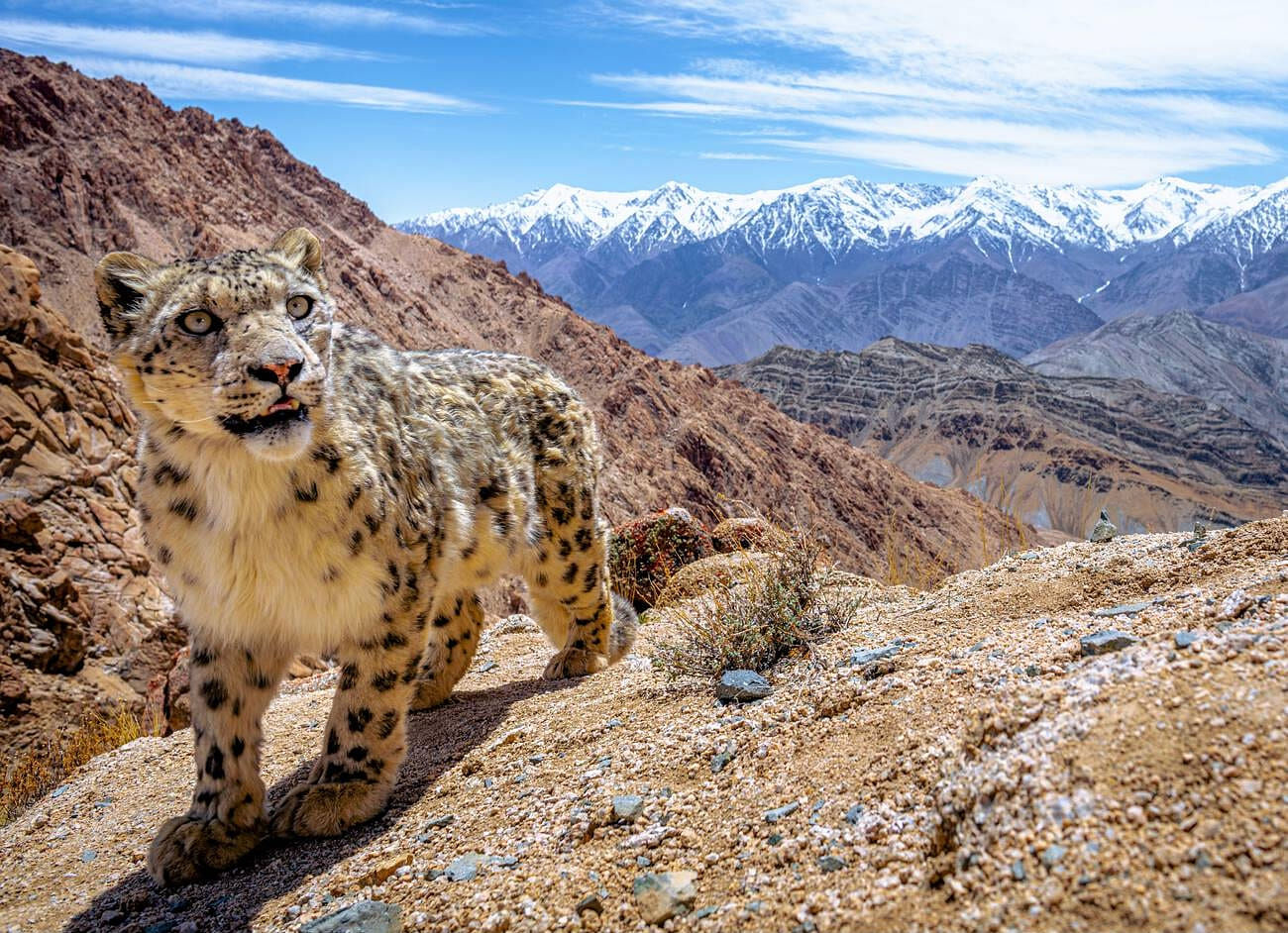
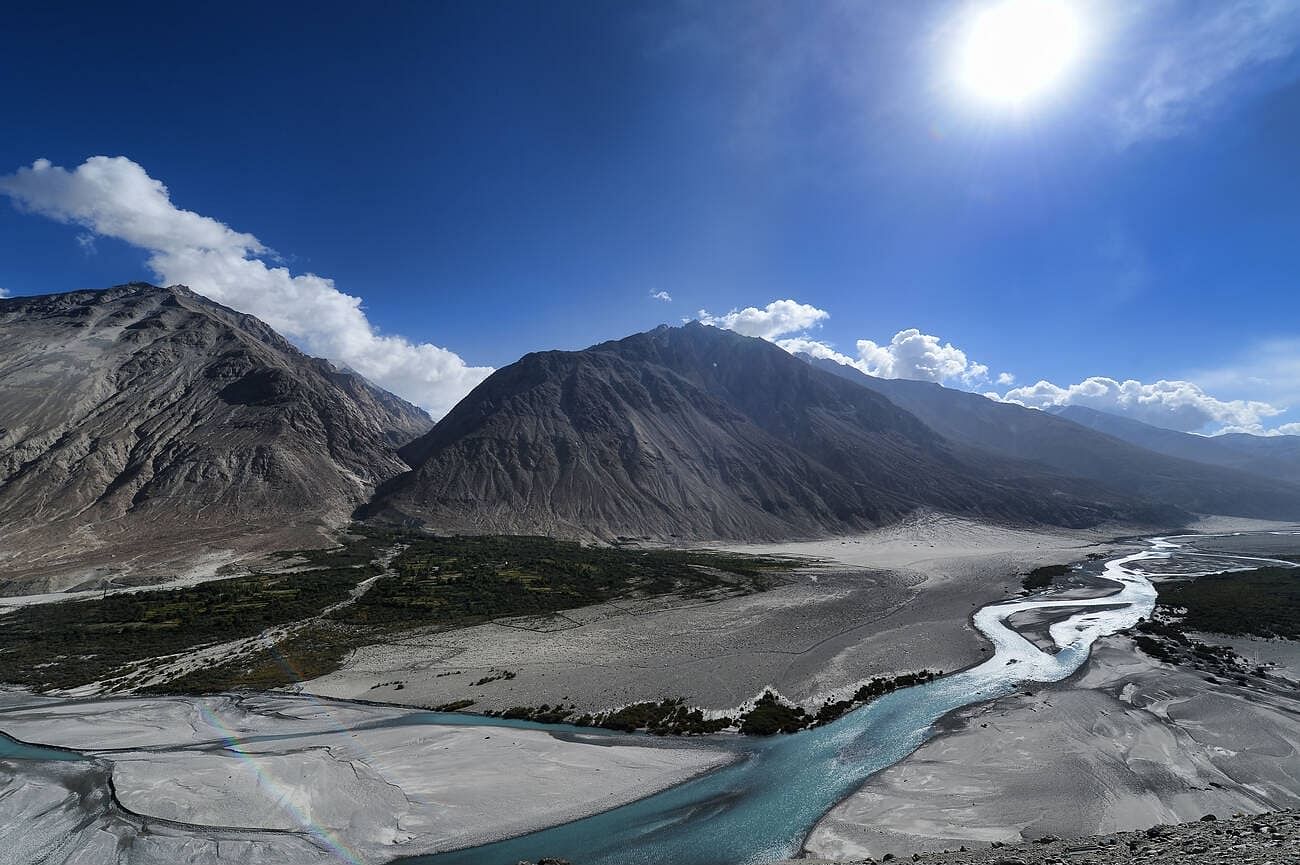
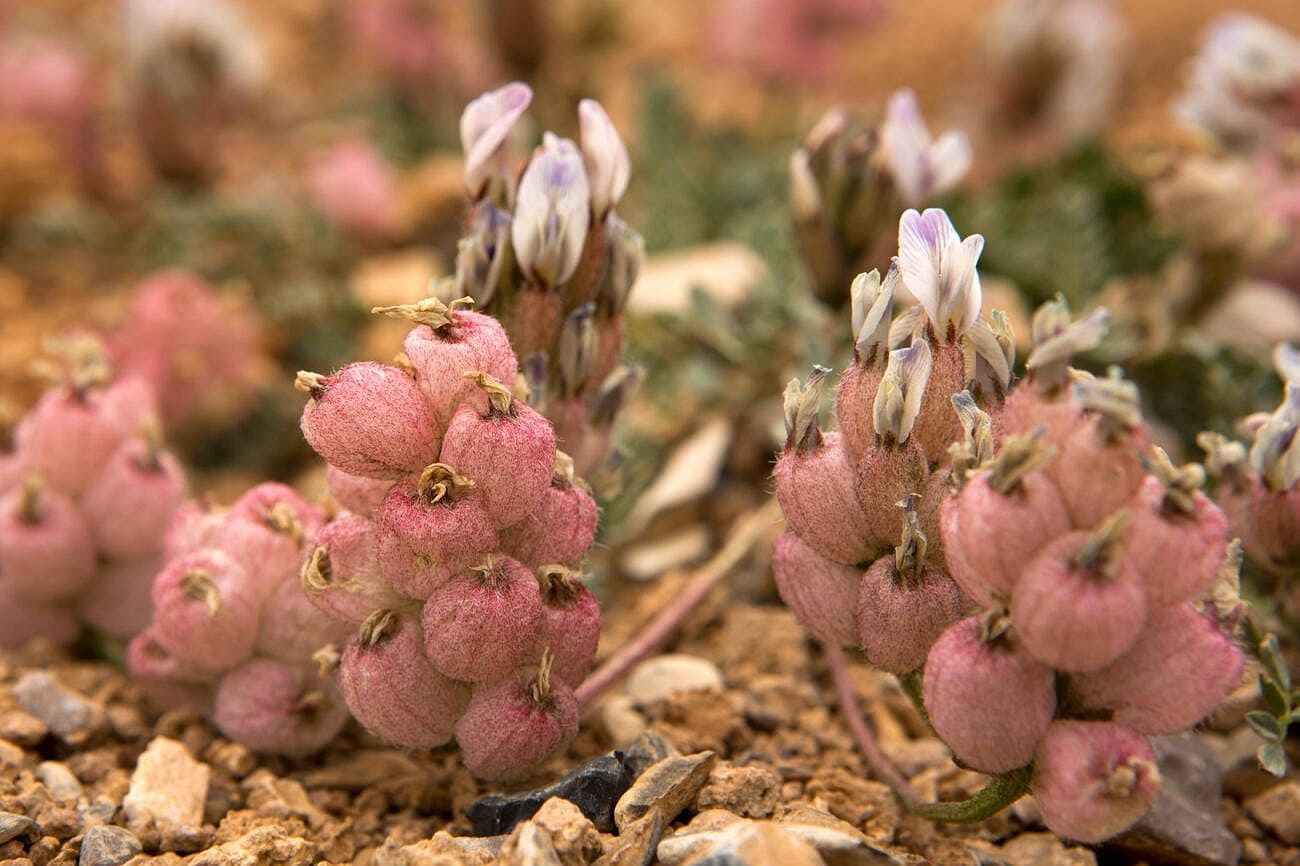
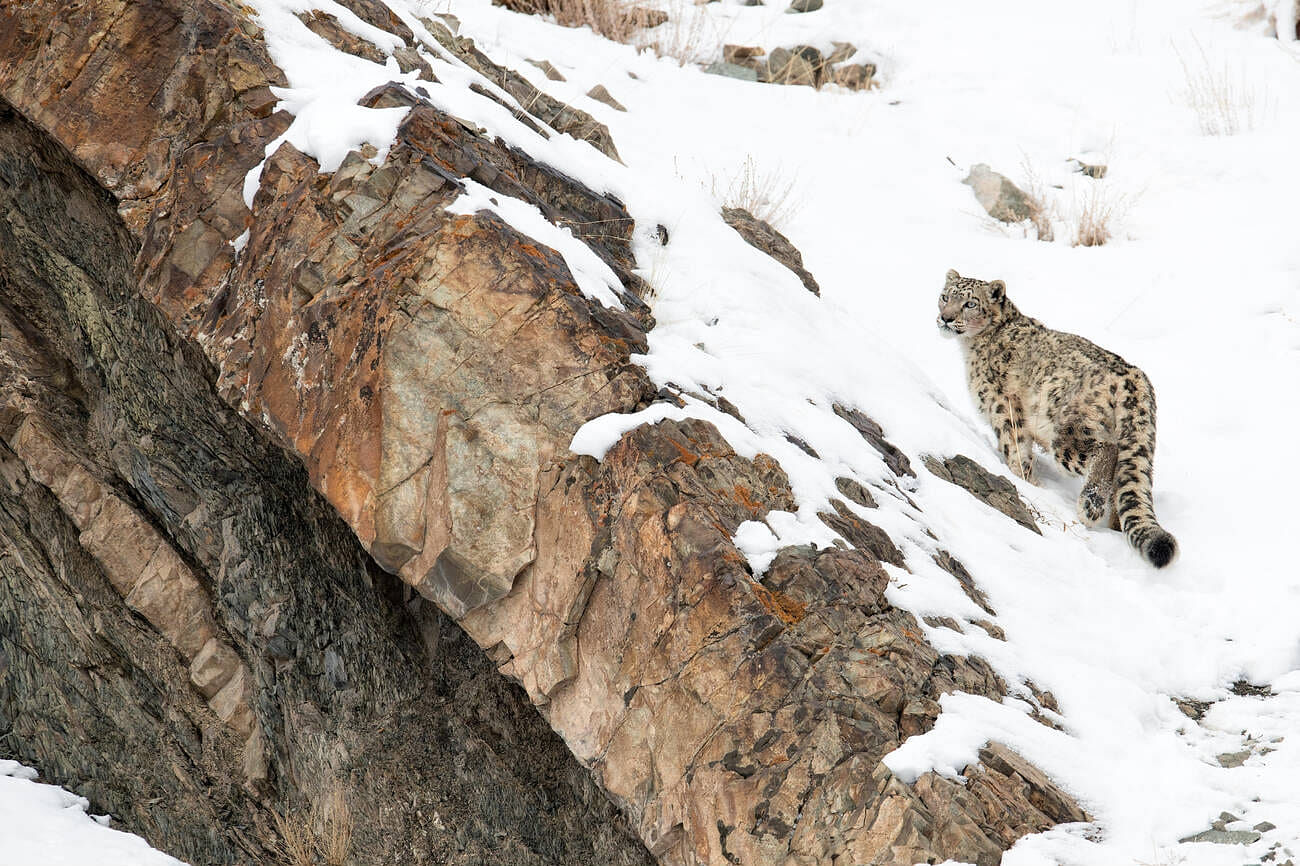
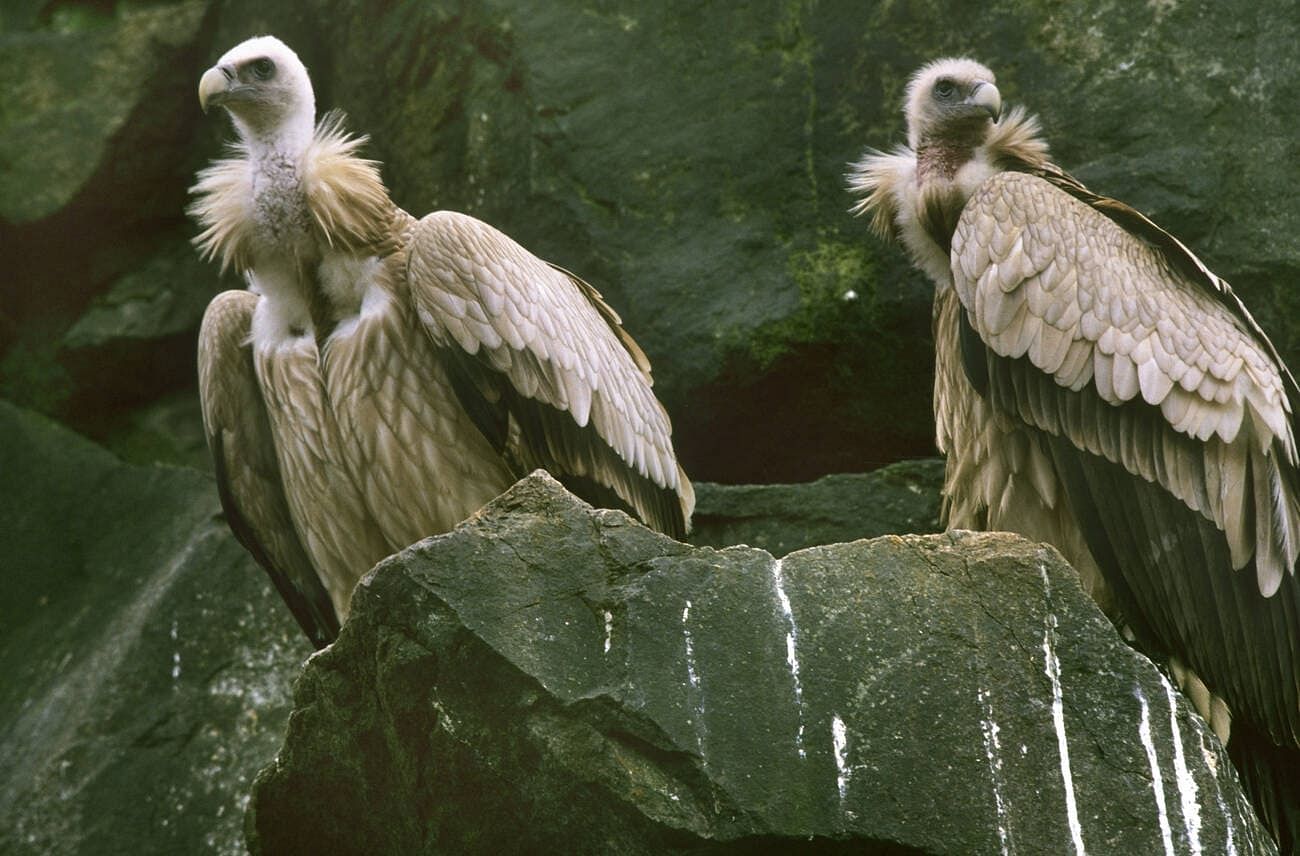
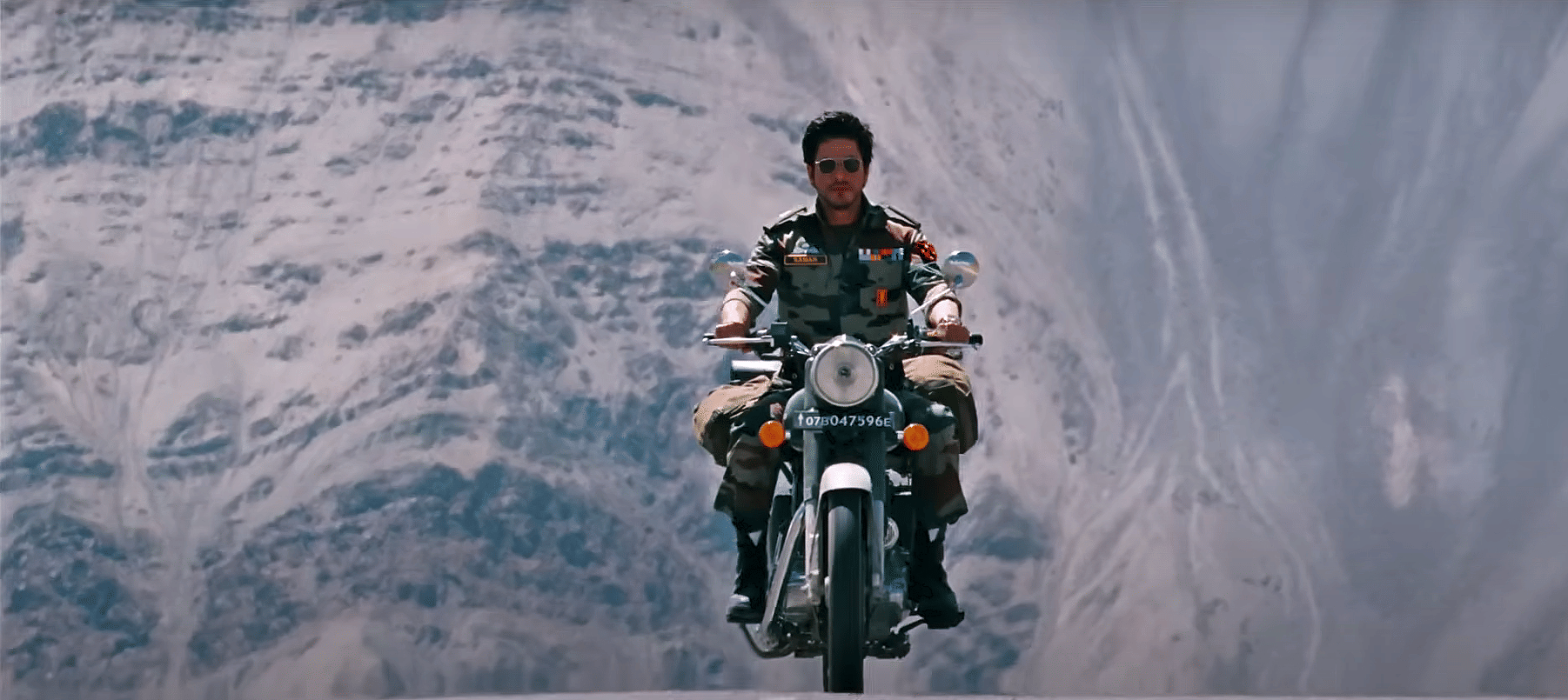
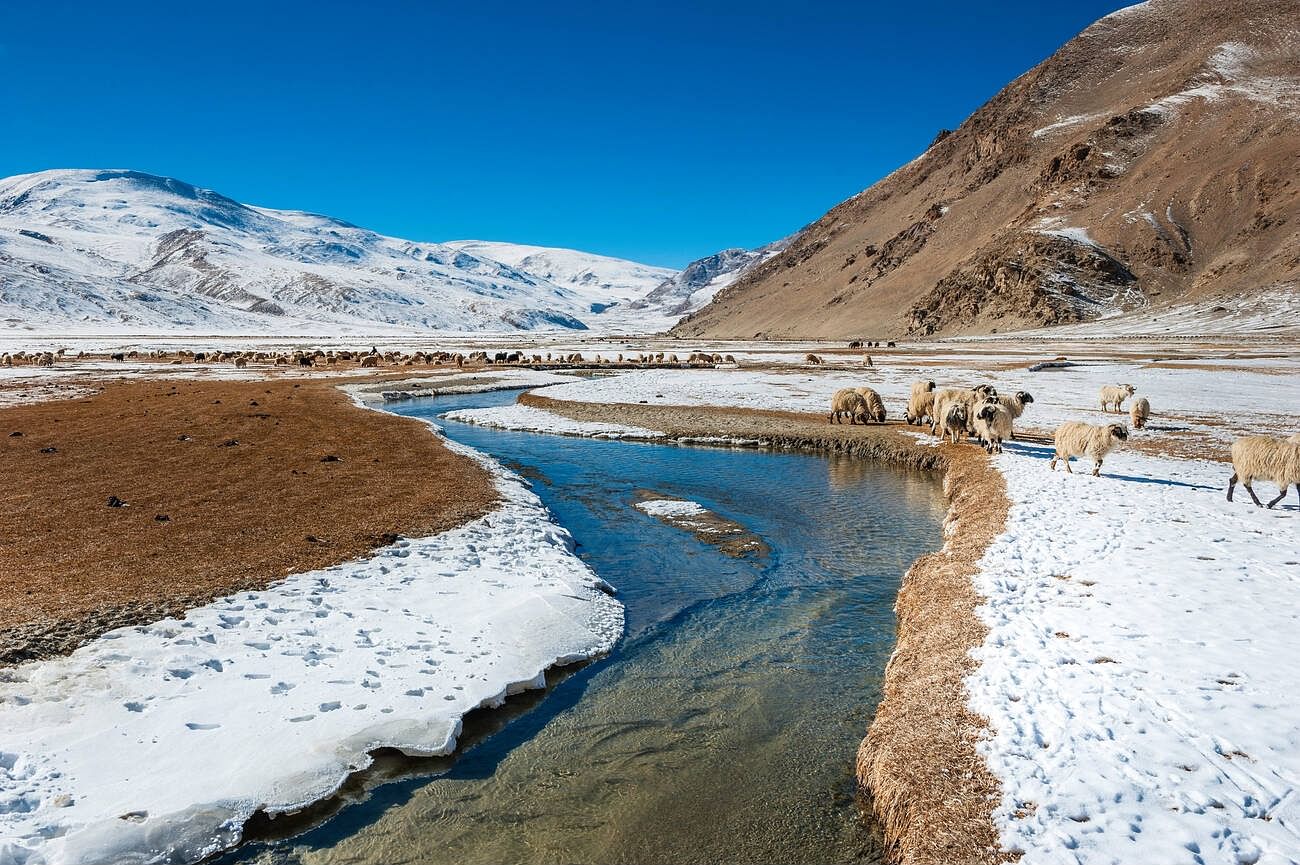
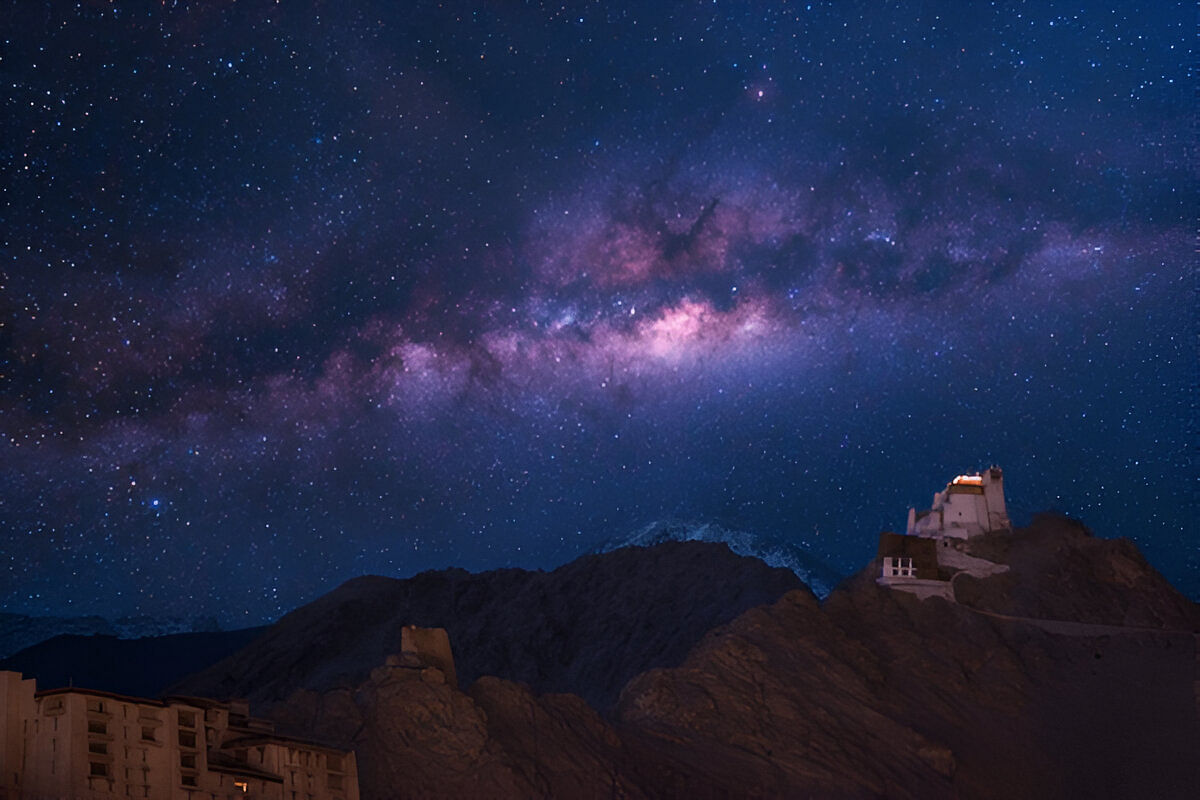
.webp?updatedAt=1744700396004)
.webp?updatedAt=1744700396125)
.webp?updatedAt=1744700396036)
.webp?updatedAt=1744700396120)
.webp?updatedAt=1744700396009)
.webp?updatedAt=1744700396037)
.webp?updatedAt=1744700396035)
.webp?updatedAt=1744700396092)